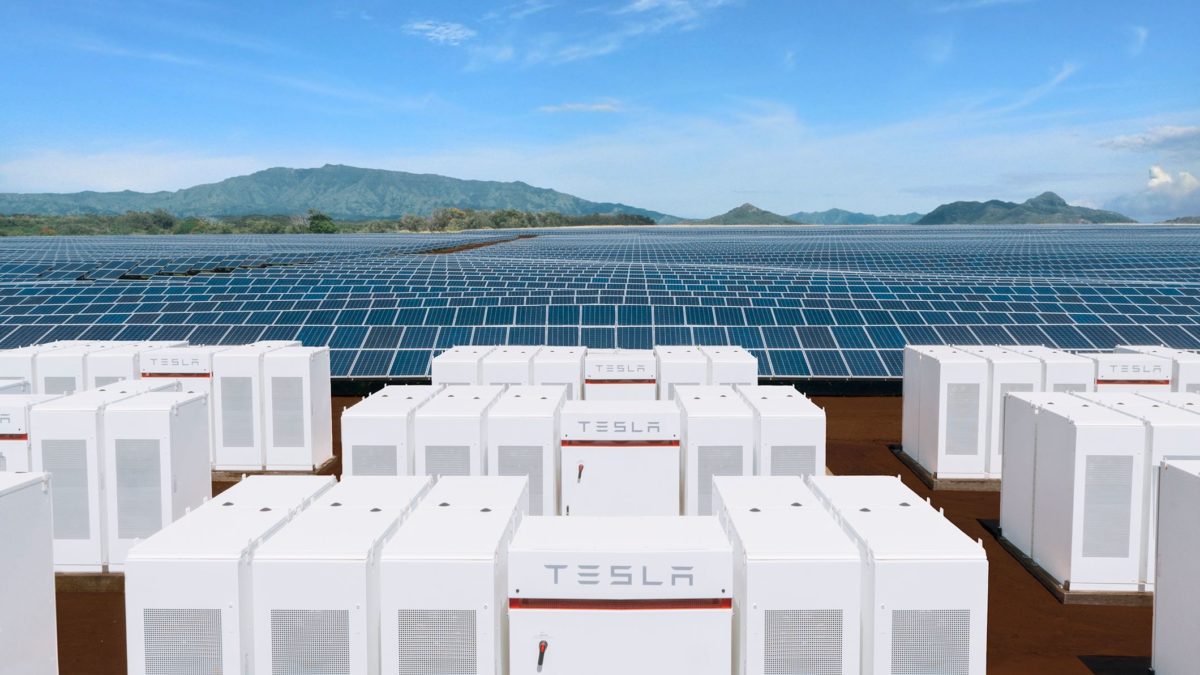In 2015 Hawaii passed legislation requiring electricity providers to generate 100% renewable energy by 2045. A year and a half later, multiple islands reported that they would hit 100% renewable energy long before 2045 – Moloka’i by 2020, and all of the islands – when taking into account customer generation – sometime in the 2030s. And for good measure, last winter island leaders gathered to pledge to also transition ground transportation to 100% renewable energy by 2045.
In a rapidly changing electricity paradigm, Hawaiian Electric Industries (HEI) – the parent company of the investor-owned utilities that serve 95% of the state’s customers – still has a role to play, and wants in on the action.
HEI reports that it is in negotiations for long term power purchase agreements with developers on seven unique projects spread across three of the islands.
The project specifics are:
- On O‘ahu, three projects totaling approximately 120 MW and 515 megawatt-hours (MWh) of storage
- On Maui, two projects totaling approximately 75 MW and 300 MWh of storage
- On Hawai‘i Island, two projects totaling approximately 60 MW and 240 MWh of storage
If the projects are in the now industry standard of 1:4 ratios of MW to MWh, then we’d have MW ratings approximately equal to the amounts of solar power being produced at the peak level. This makes sense as the island chain as a whole is over 10% of total electricity from solar power, and daytime production has already led to major changes in net metering and energy storage requirements.
Just yesterday, Maui publicized a 2.87 MW project selling its electricity at 11.06¢/kWh. This project will replace electricity purchased from a fossil fuel plant at 17¢/kWh. Last year, AES Corp and the Kauai Island Electric Cooperative announced a 28 MW solar plus a 20 MW / 100 MWh (note the five hour duration) energy storage system that charges 11¢/kWh.
In Hawaii, we have the laws, we have the projects and we have the finance. Now we get the show.
This content is protected by copyright and may not be reused. If you want to cooperate with us and would like to reuse some of our content, please contact: editors@pv-magazine.com.








It would seem Hawaii would want to go for 100% renewable electricity by 2025 and 100% Green Transport by 2030.
These are islands with expensive imported fossil energy, abundant
solar/wind and the ability to rapidly build storage (Battery/Hydro).
Given the short trips around the islands, EV cars would work right now.
Why is the legislature being so timid?
Now we can all see why the PUC killed net metering.
It’s so their buddy’s ( The Electric Companies, not us) can use up the free land they are going to give them and charge us for in taxes to put up solar farms to make free electricity.
What was wrong with putting panels on existing roofs? Let’s use up all the precious lands instead.
Utility solar is much cheaper than residential solar. I guess PUC wants lower rates for customers, but then again, I don’t really know what’s going on with HECO et al.
Been waiting for Hawaii to step up their commitment to renewable s for some time. This is a welcome change for the state.